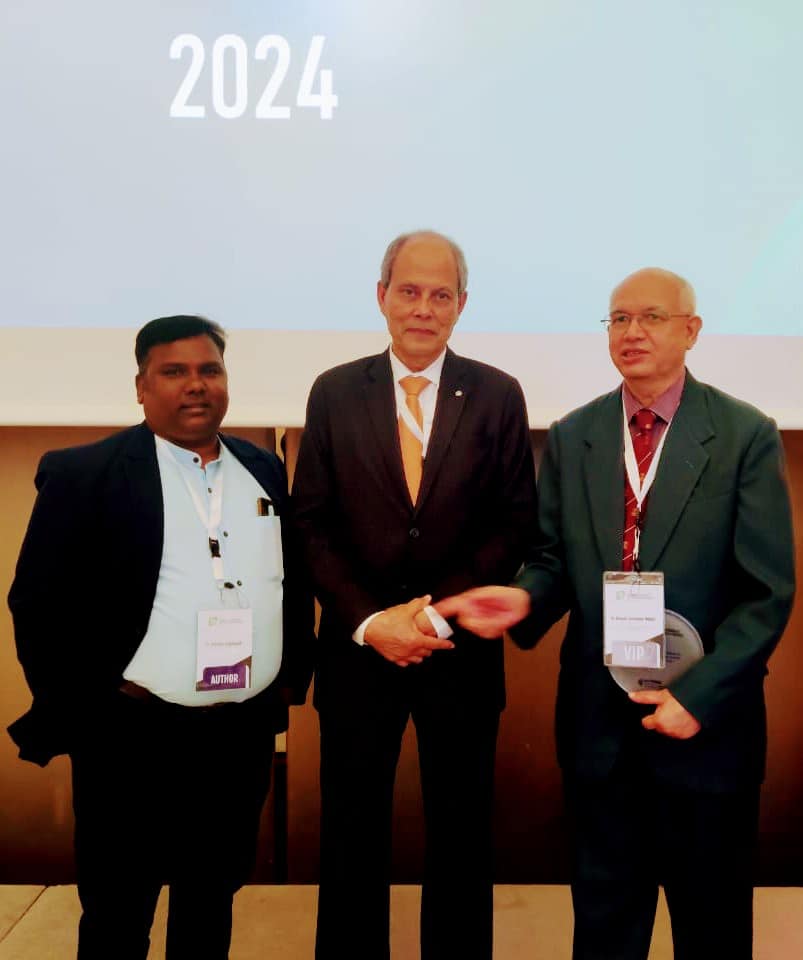COP 28 UAE Resolution Point 7: To accelerate the energy transition, the COP 28 Presidency took a leading role in launching the Global Renewables and Energy Efficiency Pledge. With the endorsement of 130 national governments (as of 11 December, including the European Union (EU)), the Pledge stipulates that signatories commit to work together to triple the world’s installed renewable energy
generation capacity to at least 11,000 GW by 2030 and to collectively double the global average annual rate of energy efficiency improvements from around two per cent to over four per cent every year until 2030.
Analysis and Review:
The resolution point highlights the initiative taken by the COP 28 Presidency in launching the Global Renewables and Energy Efficiency Pledge. It notes that the pledge has received endorsement from 130 national governments (as of December 11, including the European Union). The Pledge outlines commitments for signatories to work together to triple the world’s installed renewable energy generation capacity to at least 11,000 GW by 2030. Additionally, signatories commit to doubling the global average annual rate of energy efficiency improvements from around two percent to over four percent every year until 2030.
Positive Side of Resolution Point 7:
Leadership and Initiative: The resolution showcases leadership by the COP 28 Presidency in launching a specific initiative—the Global Renewables and Energy Efficiency Pledge. This proactive approach signals a commitment to taking concrete actions to address climate change.
Global Cooperation: The fact that 130 national governments, including the European Union, have endorsed the pledge demonstrates global cooperation. This broad support suggests a collaborative effort to address renewable energy and energy efficiency goals on an international scale.
Ambitious Targets: The resolution outlines ambitious targets, including tripling the world’s installed renewable energy generation capacity and doubling the global average annual rate of energy efficiency improvements. These targets, if achieved, could contribute significantly to global efforts to combat climate change.
Clear and Measurable Commitments: The Pledge provides clear and measurable commitments, specifying the goals for renewable energy capacity and energy efficiency improvements. This clarity enhances transparency and accountability, allowing for the assessment of progress.
Negative Side of Resolution Point 7:
Potential for Unrealistic Targets: Critics might argue that the targets outlined in the Pledge, such as tripling the world’s installed renewable energy generation capacity, could be overly ambitious and challenging to achieve within the specified timeframe. Unrealistic targets may raise questions about the feasibility of the initiative.
Enforcement and Monitoring Challenges: While the Pledge outlines commitments, ensuring effective enforcement and monitoring of these commitments from signatory nations may pose challenges. Critics may question the mechanisms in place to hold governments accountable for meeting the outlined targets.
Inclusivity Concerns: The resolution does not specify whether all nations were invited to endorse the pledge, potentially raising concerns about inclusivity. Critics might question whether the initiative is inclusive of all countries, including those with different levels of economic development.
Lack of Detail on Implementation: The resolution does not provide detailed information on how the goals of the Pledge will be implemented. Critics might seek clarity on the specific strategies, policies, and incentives that will be employed to meet the outlined targets.
In summary, while the resolution highlights positive aspects such as leadership, global cooperation, ambitious targets, and clear commitments, concerns may arise about the feasibility of targets, challenges in enforcement and monitoring, inclusivity, and the lack of detailed implementation plans.


